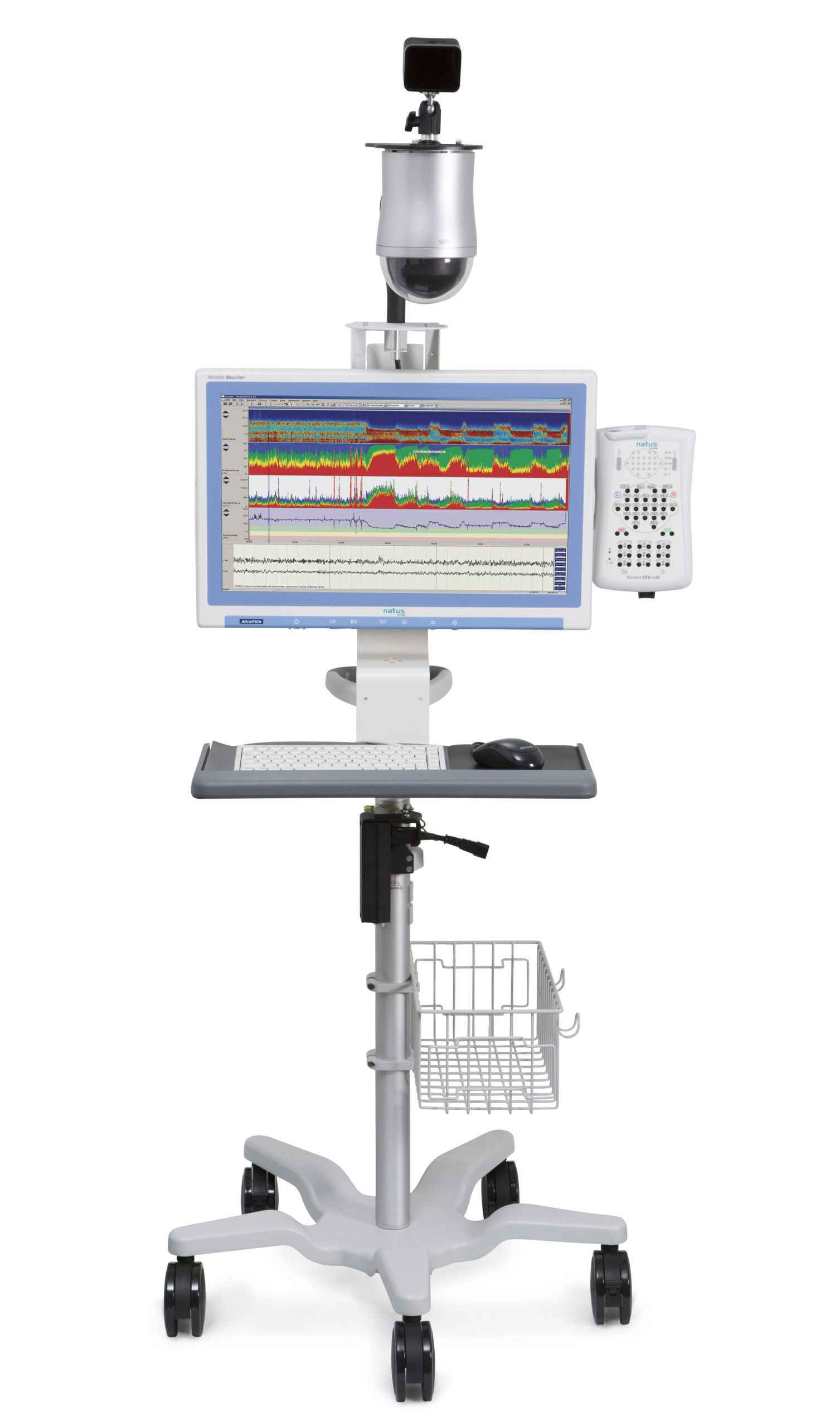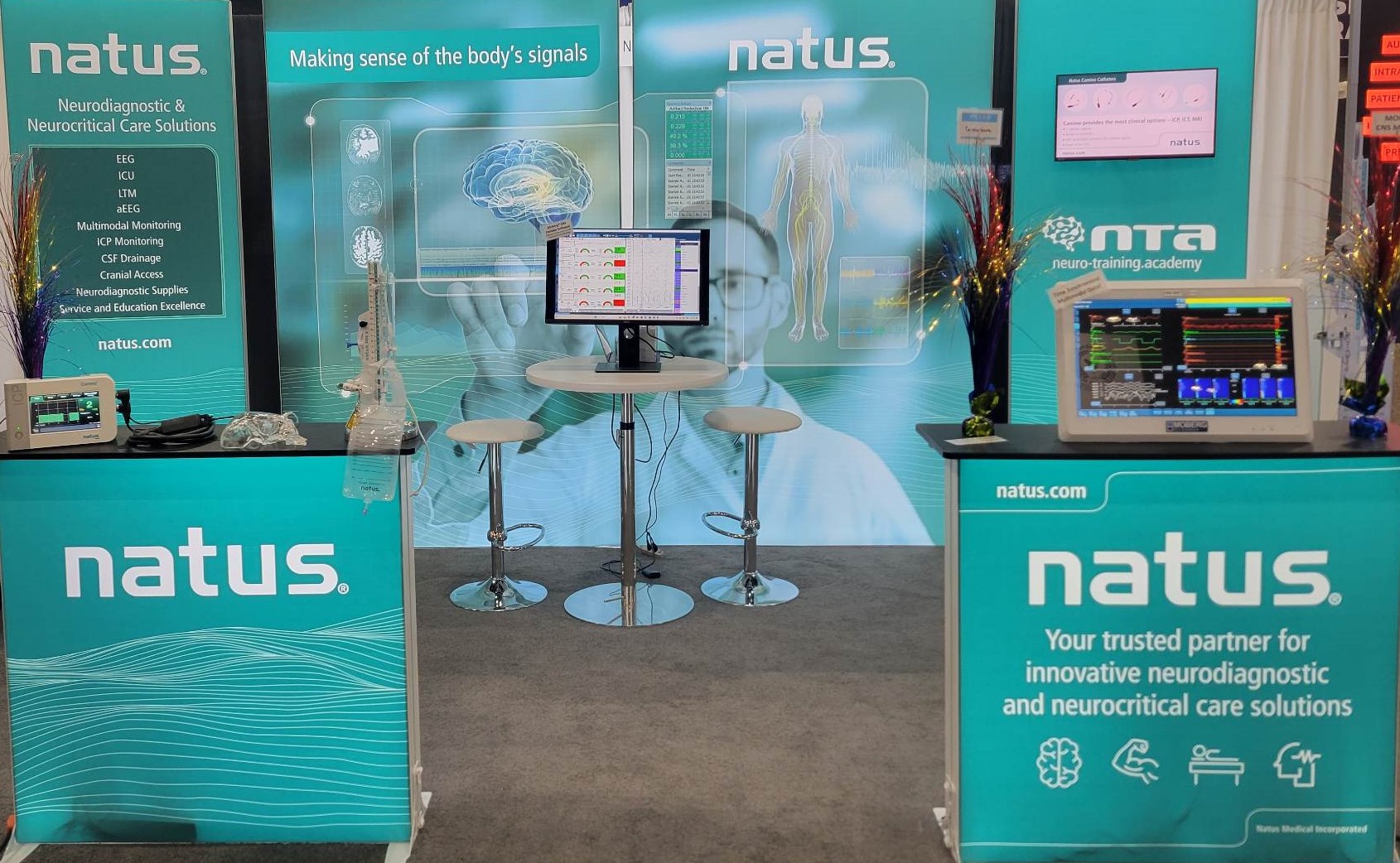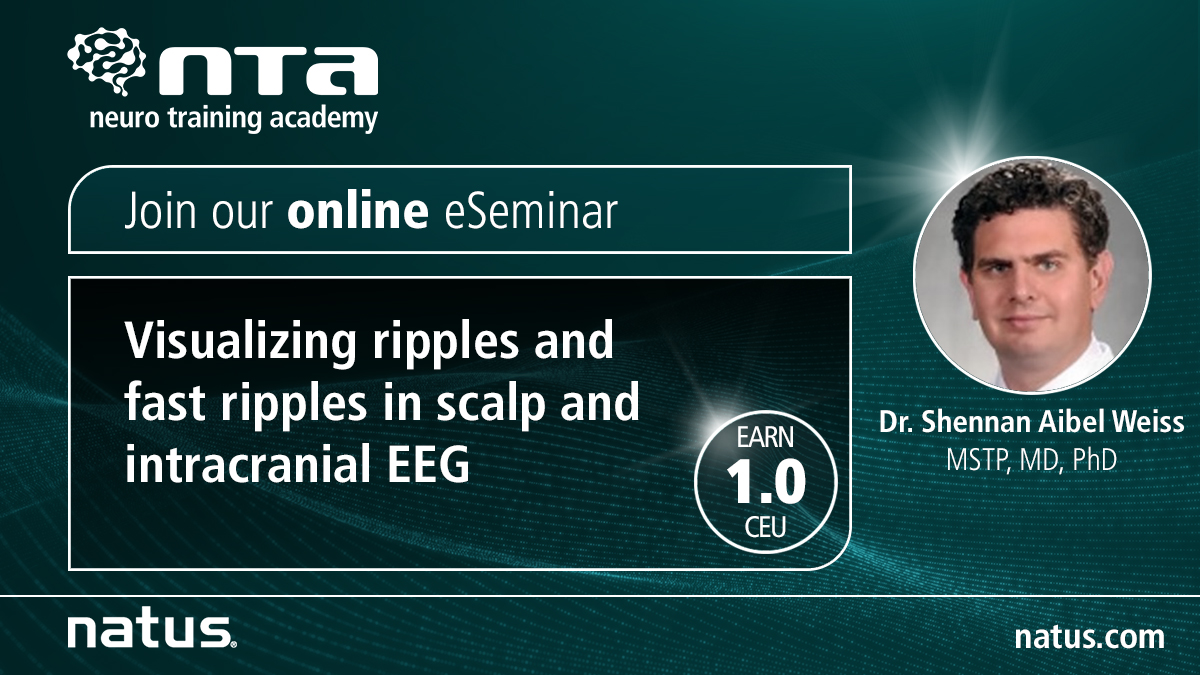
Systems have intuitive touchscreen interface designed specifically for intensive workflow and Constant Video EEG monitoring with remote connectivity in a small footprint package.
Upcoming Events
Eseminars
All
eseminar
on-demand eseminar
Congresses
All
Asia Pacific
Europe
External Supported Trainings
Middle East & Africa
North America
On-site Trainings
All
Asia Pacific
Europe
Europe - France
Europe - Germany
Middle East & Africa
North America - Biomedical Training
North America - Clinical Training
april
may
18mayAll Day21American Association of Critical Care Nurses (AACCN)New Orleans, LA

Time
may 18 (Sunday) - 21 (Wednesday)
Location
New Orleans
New Orleans, Los Angeles, USA
Register NOW
Register NowUpcoming LIVE eSeminars
Eseminars
All
eseminar
on-demand eseminar
Congresses
All
Asia Pacific
Europe
External Supported Trainings
Middle East & Africa
North America
On-site Trainings
All
Asia Pacific
Europe
Europe - France
Europe - Germany
Middle East & Africa
North America - Biomedical Training
North America - Clinical Training
may
08may11:00 am12:00 pmAI in EEG and EpilepsyLive eSeminar

Event Details
Over time advances in EEG technology have ushered in successive revolutions in the uses of EEG and the type of clinical information provided by EEG. In our current moment, the
Event Details
Over time advances in EEG technology have ushered in successive revolutions in the uses of EEG and the type of clinical information provided by EEG. In our current moment, the introduction of artificial intelligence, promises to drive yet another revolution in the use of EEG. Indeed, the impact of AI will be felt across clinical care in epilepsy. In this talk, we consider the current state of EEG in clinical use, reflect on how EEG has changed up to this moment, and discuss how AI will vastly reshape how EEG is used and interpreted.
Learning Objectives:
- Understand how advances in EEG technology have broadened the uses of EEG in past and present.
- Understand how the application of AI tools to EEG will further drive and broaden the uses of EEG
- Understand the role of the epileptologist in the interpretation of EEG.
ASET approval for 1.0 CEC
Speakers for this event
-
Fred Lado
Fred Lado
MD, PhD
Dr. Fred Lado, MD PhD is Professor of Neurology at the Zucker School of Medicine at Hofstra-Northwell and Regional Director of the Epilepsy Division for Northwell Health. He obtained MD-PhD from New York University. He completed neurology residency at New York Presbyterian-Cornell, and clinical neurophysiology fellowship at Montefiore Medical Center – Einstein. His clinical practice is focused on the treatment of medically refractory epilepsy. Dr. Lado is a national leader in epilepsy serving currently as President of the National Association of Epilepsy Centers, the accrediting body for epilepsy programs in the US. He also has many years of service to the American Epilepsy Society, currently in role of Treasurer.
MD, PhD
Time
(Thursday) 11:00 am - 12:00 pm
Register NOW
Register NowEvent Link
Event Link28may11:00 am12:00 pmVisualizing Ripples and Fast Ripples in Scalp and Intracranial EEGLive eSeminar

Event Details
Ripples (80-200 Hz) and Fast Ripples (200-600 Hz) are brief (15-200 msec) bursts of spectral energy that can occur superimposed on inter-ictal or ictal epileptiform spikes or superimposed on the
Event Details
Ripples (80-200 Hz) and Fast Ripples (200-600 Hz) are brief (15-200 msec) bursts of spectral energy that can occur superimposed on inter-ictal or ictal epileptiform spikes or superimposed on the EEG background. Both ripples and fast ripples may delineate regions that are necessary and sufficient for seizures known as the epileptogenic zone and correspond with disease severity. Natus® BRAIN QUICK® can visualize ripples and fast ripples and distinguish these events from artifact. BRAIN QUICK plug-ins can quantify and automatically annotate each ripple, fast ripple, and spike event for higher-level custom analysis approaches using Python or Matlab.
Learning Objectives:
- Ripples (80-200 Hz) and fast ripples (200-600 Hz) occur superimposed on epileptiform spikes or the EEG background in scalp EEG, intracranial EEG, and the local field potential.
- Ripples that occur on the EEG background may be an admixture of normal and pathological events. Ripples superimposed on epileptiform spikes and fast ripples found in the EEG background or superimposed on epileptiform spikes are most often pathological events.
- Identifying ripples and fast ripples should be performed during non-REM sleep, during wakefulness muscle artifact can lead to false ripple and fast ripple detections. Software can be used to validate the detections and make redactions.
- Fast ripples may indicate the synchronization of pathological neuron clusters that can prime epileptiform spikes and seizures. Data show that surgeries that target fast ripple correlate with seizure free post-operative seizure outcome.
ASET approval for 1.0 CEC
Speakers for this event
-
Shennan Aibel Weiss
Shennan Aibel Weiss
MD, PhD
Dr. Shennan Aibel Weiss completed the NIH medical scientist training program (MSTP MD/PhD) at the Albert Einstein College of Medicine, Neurology Residency at Columbia University, and Epilepsy Fellowship at University of California Los Angeles. His research has been supported by a NRSA award, an R25 award, and a K23 award from the National Institute for Neurological Disease and Stroke, as well as grants from the Epilepsy Foundation and the American Epilepsy Society. Dr. Weiss’ research has been recognized by the American Academy of Neurology with a Founders Award. Dr. Weiss is also a fellow of the American Epilepsy Society.
MD, PhD
Time
(Wednesday) 11:00 am - 12:00 pm


